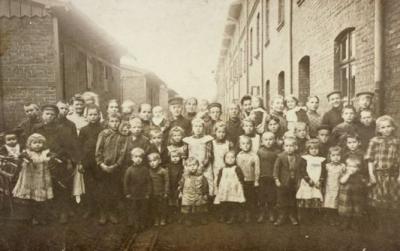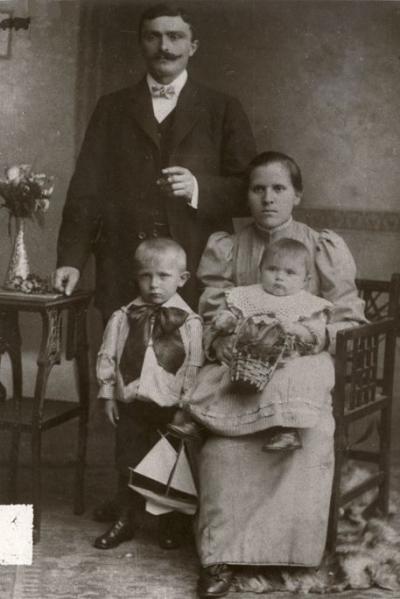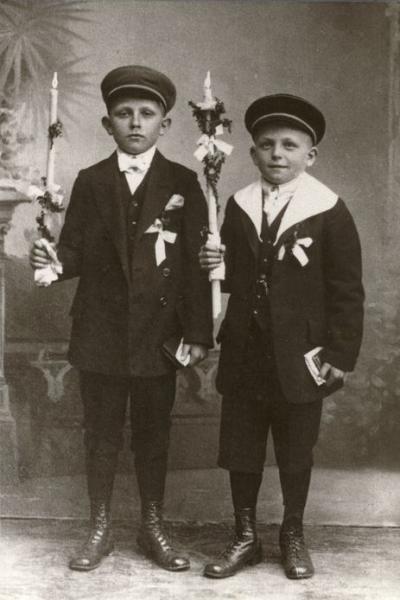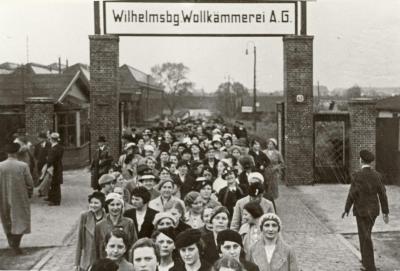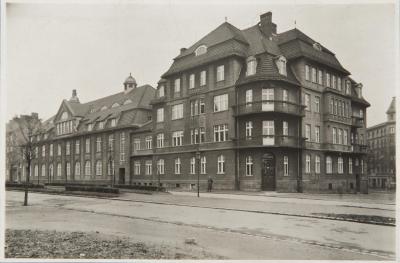Hamburg: Little Warsaw
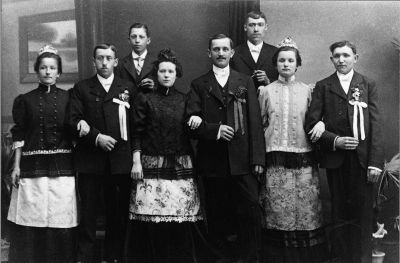
The women’s heavy physical labour and their inhuman working conditions led to dissatisfaction and anger, and in February 1906 this escalated to a strike in the wool combing works. Although the strike failed to improve their working conditions it did strengthen the Poles’ self-confidence. Stanislaus Svoboda, the son of an immigrant family, who had earlier been a peasant in Poznan, recalls the political atmosphere amongst the Polish immigrants: “The first thing when you got a job was to join the Union. The Poles were just as organised as the German workers. I can still say that today even though there’s a lot of things wrong with the Unions: you just can’t do without the Union! Polish immigrants, you might say, were born and bred into social democracy. They automatically joined the ranks.”
Polish immigrants were not only interesting to the Unions. Citizens of Poznan were also citizens of the German Reich. This gave them the right to vote and hence they were wooed by the political parties. True, the people of Poznan were Catholics and therefore tended to be conservative in their views, but in this point industrialisation led to changes. In those difficult times Polish workers no longer simply turned to the church for advice, but also to social democracy. The SPD recognised the situation. As a result the party sent Rosa Luxemburg to Wilhelmsburg for the 1903 election campaign to solicit the workers’ votes in Polish. Rosa Luxemburg didn’t have many problems in winning over the Poles to the Social Democrats, for Poles were amongst the poorest citizens in the city despite the fact that they worked so hard. They had scarcely any money, and were housed in appalling apartments, cellars and broken down shacks. It was quite usual for two families to share a small, dark, damp apartment. One contemporary witness remembers the housing shortage like this: “My mother went out to work, we were three children...What did people earn in those days? Starvation pay! So we took a man into the flat. He was on night shifts in the factory. When we were in school he slept in the children’s room. We lived in the “Industriestraße”, in the last house on the right. Chairs? I didn’t know what that was. We had a bench. That’s where we three children sat with our mother on the other side. And that was where we ate. We had two rooms, a tiny bedroom and a kitchen. We couldn’t afford three rooms. In the kitchen was a cupboard and a coal tub. We had a table and two benches.”
The Polish inhabitants of Wilhelmsburg lived in wretched social conditions. The situation only very gradually improved. The Polish community on the Elbe Island slowly increased. What bound them together was their membership of the Catholic Church, and it was not long before they called for a Catholic parish and pastoral care. Thus Polish immigrants took part in collecting money to build the church of Saint Bonifatius in Wilhelmsburg (Groß-Sand / Veringstraße). It was completed in 1898 and is still standing today. It was also thanks to the Catholic community that a private Catholic school teaching lessons in Polish was opened in October 1893 in Groß-Sand Street in Wilhelmsburg. At the same time the Poles set up two Polish/Catholic clubs, “St. Stanislaus” (in 1892) and “St. Joseph” (1894). In 1906 the parishioners of St. Bonifatius were given their very own priest: Father Styrinski from Kraków. At the same time he was the sole Polish speaking priest in the parish. His successor, who was appointed by the Episcopal Ordinariate in Hildesheim, could not speak Polish and this led to a public dispute between the parishioners and the Catholic authorities in Hildesheim. The parishioners were backed by their employers who realised that improved social structures were also to their advantage. Years afterwards the parishioners demanded to have a priest who could speak Polish, but their endeavours came to nothing.
